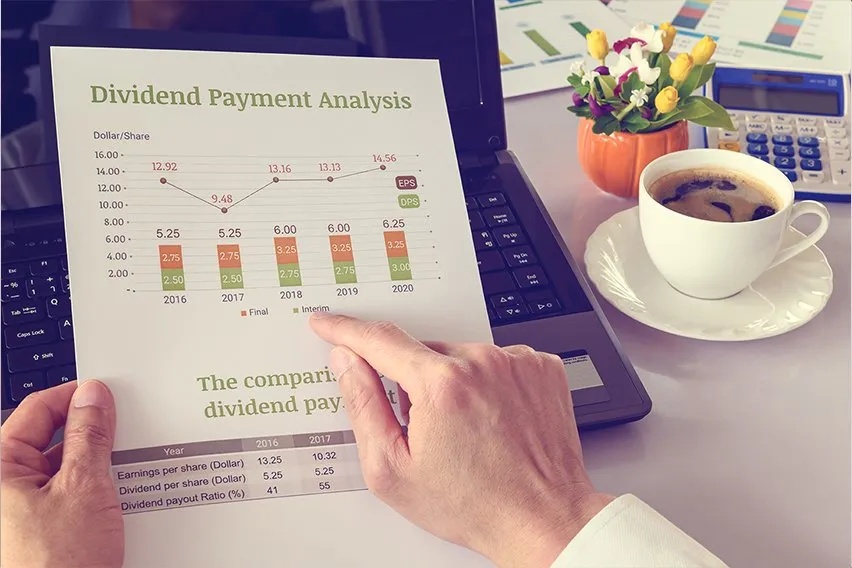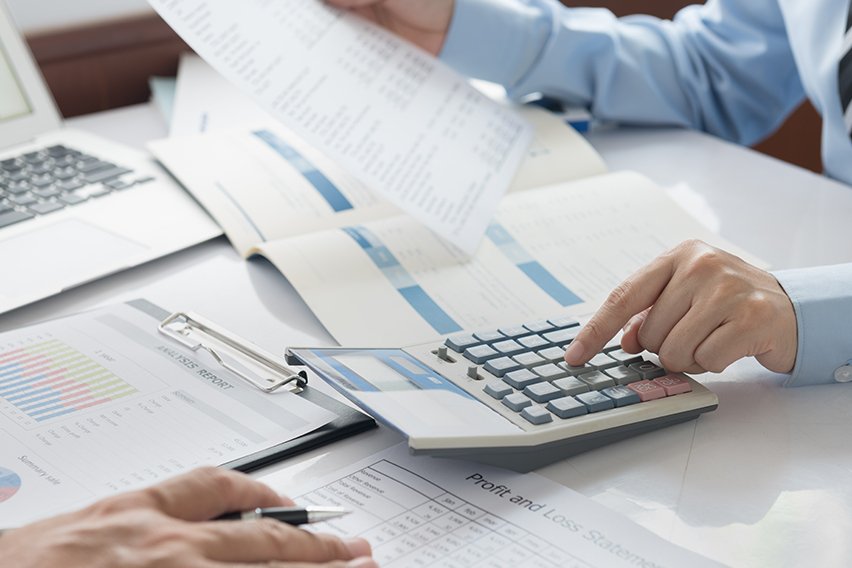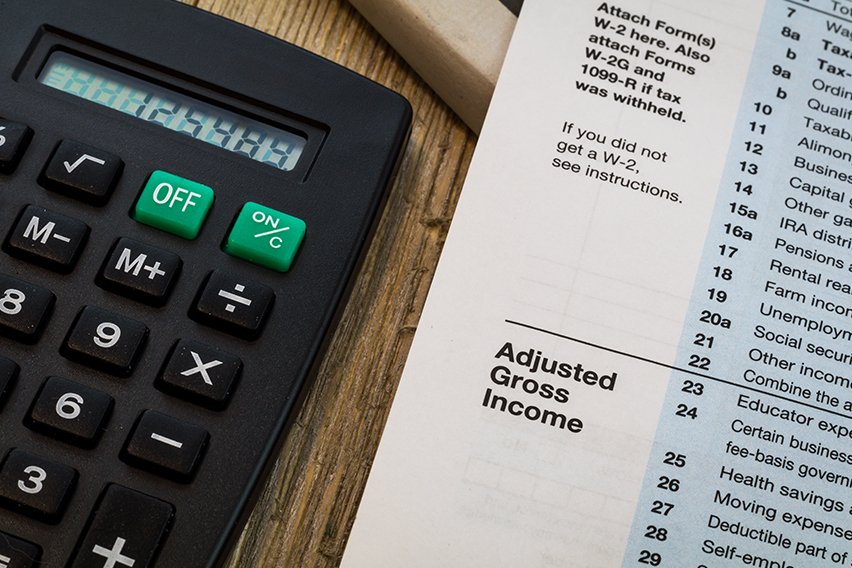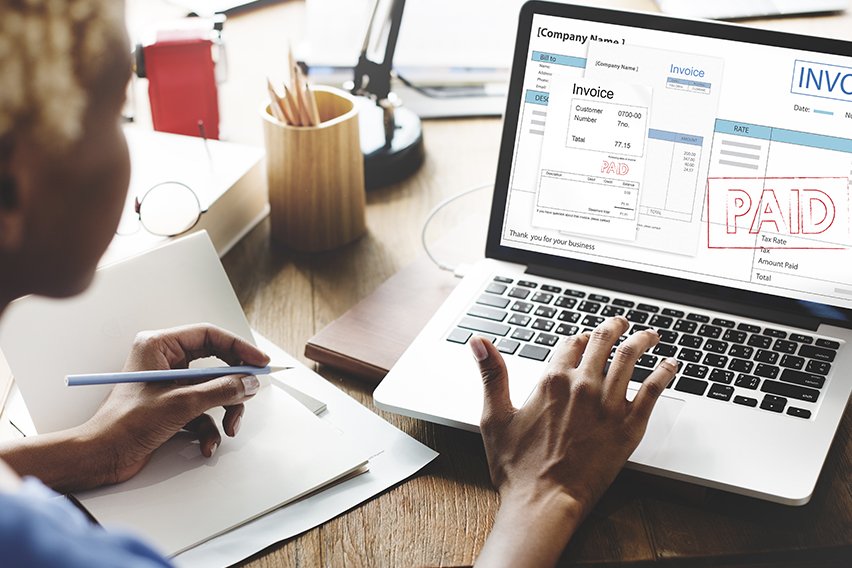What Is a Dividend? Definition, Example and How They Work

A dividend is a proportion of profit paid by a company to its shareholders.
It’s a way for companies to thank their investors and demonstrate their financial well-being.
For investors, it’s a type of investment that generates income, rather than relying on an increase in share price.
This quick guide explains the basics about dividends, including the dividend yield calculation and how dividends are taxed in the UK.
Here’s What We’ll Cover:
Can All Companies Issue Dividends?
How Are Dividend Payments Worked Out?
Dividend Investments Are Different
But How Do I Pay Income Tax on My Dividend Income?
Can All Companies Issue Dividends?
If your business structure is a sole trader, partnership or Limited Liability Partnership, you can’t pay dividends because you don’t sell shares in your company.
In the UK, only limited companies can pay dividends. And the amount of dividend that can be paid is worked out on the profit remaining after your Corporation Tax bill is settled. They are not a deductible expense. It’s actually illegal to pay dividends if there’s not enough profit.
You can use retained profit your business has accumulated over previous years, as long as it covers the full costs of the dividends.

How Are Dividend Payments Worked Out?
At this point, it’s important to say that companies aren’t obliged to pay dividends and lots of them don’t pay any. As an investor, it’s essential to check this point before you buy any shares.
Company directors decide on the type and value of their dividend payment.
There are three broad types of dividends:
- Ordinary Dividends: These are paid in cash at regular intervals, usually in quarterly, bi-annual or annual payments
- Stock Dividends: If the company is trying to retain its cash, it can pay dividends to its investors in shares instead.
- Special Dividends: This is a one-off bonus payment of cash or stock, if the company has a particularly good year. Investors get these additional shares or cash dividends on top of their regular dividend payment.
Value of the Dividend
The value of the dividend is usually a set amount, per share of stock owned. So by definition, whoever owns the most stock, earns the most dividends. Dividends must be paid to all shareholders.
For example, one share in a company might cost £40.00. The directors decide that each investor will receive £2.00 in dividend payments per share in that financial year.
At the Board of Directors’ meeting, the dividend is officially ‘declared’. This must be recorded in the meeting’s minutes. You might be the sole owner, director and worker in your limited company. This doesn’t mean that you have to discuss this with yourself in some kind of surreal, seat-swapping situation. You do need to officially record your dividend declaration as part of your business records as ‘meeting notes’.
What is the Dividend Yield?
When comparing dividend-paying companies, investors use this dividend payout ratio to see which gives them the best equity income. It’s a calculation that works out the percentage made on the investment. It’s the dividend per share divided by the price per share, multiplied by 100 to give you a percentage.
Dividend Yield = (Dividend /Price per share) X 100
For example:
- Dividend per share = £2.25
- Price of each share = £45.00
- Dividend Yield = 2.25/45 = 0.05 x 100 = 5%
- You make a Dividend Yield of 5% over the year
Companies choose the frequency of dividend payments. Some make annual dividend payments, others are bi-annual, quarterly or even monthly dividend payments.
What’s a Dividend Voucher?
Every dividend payment must have a dividend voucher. You have to keep a copy of the dividend voucher and give a copy to each investor getting a dividend payment.
Each dividend voucher must have:
- Company name
- Date
- Dividend amount
- Names of all the shareholders receiving the payment
Dividend Investments Are Different
Some investors are looking to make money by buying stock that they expect to sell at a higher price. The stock’s value and potential performance are the key indicators of a successful investment of this type.
Other investors are interested in making regular income from the dividend payments from their investments. They look for stable, mature companies that have an established record of making good dividend payments to their shareholders. This is a clear preference for regular cash flow over an increase in stock price.
How Are Dividends Taxed?
As a sole trader, the biggest driver for becoming a limited company is usually tax efficiency. If you’re the only director and shareholder, the most tax efficient way to pay yourself is a small salary that’s topped up by dividends. This is because of how HMRC classifies and tax different types of earnings.
The money you make from investing is taxed differently, depending on whether this comes to you as dividends, or profits on the sale of stock.
Tax on Sale of Shares
If you make a profit when you sell shares, you’ll probably be liable for Capital Gains Tax. As in, you made a ‘gain’ when you ‘disposed’ of the ‘capital’.
There is an annual Capital Gains Tax Allowance, which is currently set at £3,000. This means that everything under that amount is tax-free.
Tax on Dividends
Dividend payments are considered income by HMRC and so are subject to income tax. But there are 2 bits of good news here, there’s an annual Dividend Allowance and the rates of income tax payable on dividends are lower than your income tax band.
Dividend Allowance
The Dividend Allowance is the amount you can earn from dividend income without having to pay any tax at all. For the current tax year, 6 April 2024 to 5 April 2025, you can earn up to £500 from dividend payments totally tax-free. If your total income, including from dividends, doesn’t go over your Personal Allowance, you don’t pay any tax in that financial year at all. The Personal Allowance for 2024-25 is £12,570.

Dividend Tax Rates
You only pay tax on any dividend income that’s over the £500 Dividend Allowance. The rate you pay depends on the rate of income tax you pay.
- Basic Rate Taxpayer: 20% income tax rate, 8.75% dividend tax rate
- Higher Rate Taxpayer: 40% income tax rate, 33.75% dividend tax rate
- Additional Rate Taxpayer: 45% income tax rate, 39.35% dividend tax rate
To calculate your income tax bracket, all of your income is added together – including what you earned in dividends. Then the dividend rate is applied to those earnings and your usual income tax rate is applied to the rest.
For example in the 2024-25 tax year, you get:
- £31,570 wages
- £4,000 dividends
- Total income = £35,570
Deduct £12,570 tax-free Personal Allowance = £23,000 taxable income at the 20% basic rate of income tax
Your tax bill is:
- 20% of £19,000 salary
- 0 tax on £500 of dividends covered by the Dividend Allowance
- 7.5% on remaining £3,500 dividends
But How Do I Pay Income Tax on My Dividend Income?
There are different ways to pay the income tax on your dividend income, depending on your circumstances and how much you earn from your dividends.
Dividend earnings up to £10,000
If you haven’t earned over your Dividend Allowance, you don’t need to tell HMRC at all.
If you usually submit a Self Assessment tax return, there’s a section to declare dividend income to fill in.
Otherwise you can get in touch with HMRC and ask them to change your tax code so that the tax you owe will be taken out of your pension or wages.
Dividend earnings over £10,000
You have to complete a Self-Assessment tax return, even if you’ve never submitted it before. You have to register for a Self-Assessment by the 5th October following the tax year in question.
RELATED ARTICLES

 What Is Net Pay?
What Is Net Pay? What Is Gross Pay? Definition, Examples & Calculation
What Is Gross Pay? Definition, Examples & Calculation What Is Finance: Definition & Types of Finance
What Is Finance: Definition & Types of Finance What Does an Accountant Do: Role, Types, and Skills Required
What Does an Accountant Do: Role, Types, and Skills Required How to Set Up a Direct Debit for Payments
How to Set Up a Direct Debit for Payments